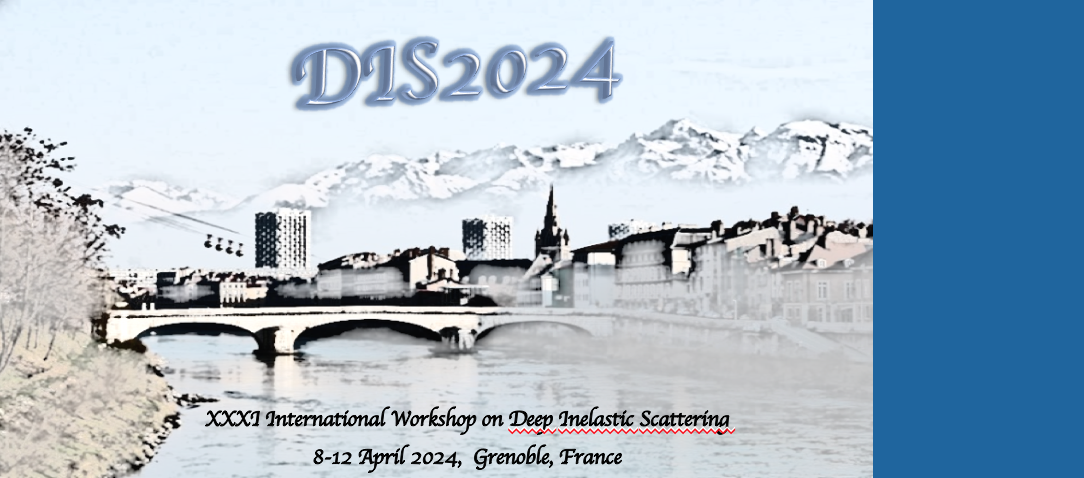Speaker
Description
About 50 years ago, it was discovered that $\Lambda$ hyperons are produced polarized in collisions of unpolarized protons on beryllium. Since then, the $\Lambda$ polarization has been observed in various collision systems, including $e^+$+$e^-$ collisions. Majority of current results indicate the importance of final state effects, such as hadronization or fragmentation, in polarization of the $\Lambda$ hyperons. A recently proposed technique for the investigation of the $\Lambda$ hyperon polarization is a measurement of $\Lambda\bar{\Lambda}$, $\Lambda\Lambda$, and $\bar{\Lambda}\bar{\Lambda}$ spin-spin correlations. This technique is expected to help understand if the $\Lambda$ polarization has any contribution from the early stage of the $p$+$p$ collisions, e.g., from initial state parton spin correlation, or if it is exclusively a final state effect.
In this presentation, we present the preliminary results of the $\Lambda\Lambda$, $\bar{\Lambda}\bar{\Lambda}$, and $\Lambda\bar{\Lambda}$ spin-spin correlations in $p$+$p$ collisions at $\sqrt{s} = 200\,\textrm{GeV}$ collected by the STAR experiment in 2012. The $\Lambda$ and $\bar{\Lambda}$ candidates are reconstructed at mid-rapidity ($|y| < 1$) with transverse momentum in range of $0.5 < p_\mathrm{T} < 5.0\,\mathrm{GeV}/c$. This measurement will provide additional insight into the importance of the initial state effects for the $\Lambda$ hyperon polarization.

